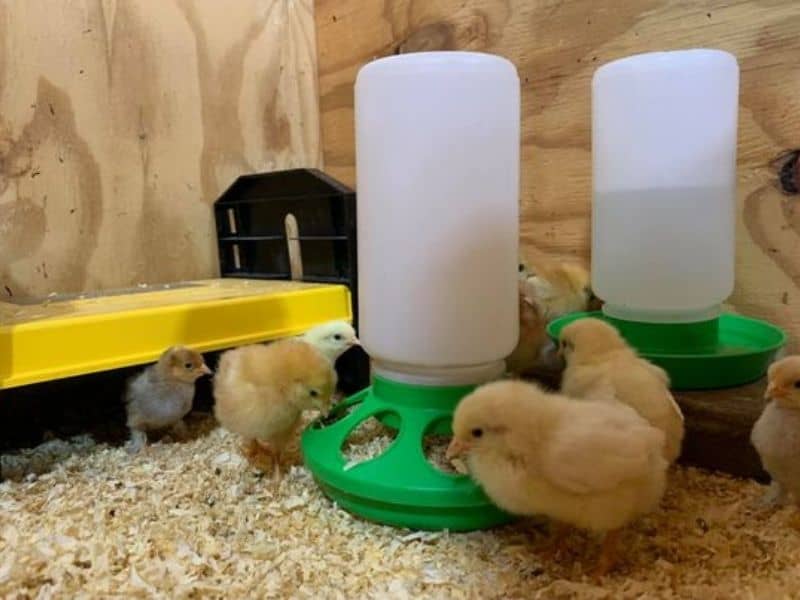

BABY CHICKEN WATER FEEDER FREE
The BriteTap waterer is completely covered so your chicks water will will remain free of contamination by droppings and bedding material. Use Dine a Chook Automatic Chicken Feeders for chickens, ducks, geese, other poultry and even rabbits Revolutionise your coop: no more mess, waste or wet feed. If you own a BriteTap chicken waterer, you we recommend starting baby chicks on it immediately. If you are using a traditional waterer, dip each chick's beaks into the water dish before releasing them. Before releasing them into the brooder, introduce your chicks to their water supply. They need to be shown where to find water and this is particularly true of baby chicks. Water Comes First - Chickens don't go in search of water if they are thirsty.Since water from the tap can be cold, we recommend filling up your waterer in advance of picking up the chicks and allowing the water in it to come to room temperature. The waterer or feeder attaches easily to the side of an animal’s cage or brooder, and you can easily replenish it from the top. It has a built-in pool that holds up to two gallons, which offers sufficient water for all of your chicks. The protein content in chick starter feed should be between 18-20 to support the growth of their feathers, muscles, and bones. However, baby chicks may be shocked by cold water, so it's best to provide room temperature water for the first few days. The KEBONNIXS Waterer and Feeder set is a plastic feeder and waterer. Chick starter feed is designed to provide all the necessary essential nutrients that baby chicks need to grow and develop, including protein, fat, carbs, vitamins, and minerals. (36-60 º Fahrenheit) Adult chickens prefer cool water and studies have shown that hens that drink colder water lay more eggs. 2 regular mouth quart jars to put onto the feeder and water bases 2.99. Room Temperature Water - Generally, we advise our customers to give their older chickens water that is cold to cool. The basic supplies you need for raising baby chicks are.Set out a chick feeder filled with a high quality chick starter formula but before placing your chicks in their new home, take care of their water needs first. The brooding area should be warm (90-95 Fahrenheit).


You should have your brooding area set up and ready to go. To ensure a high survival rate, it's important to immediately provide your new chicks with adequate food, water and shelter. Hatchery birds may have had a bumpy trip through the mail and, despite being packed tightly to keep them warm, they may be pretty cold upon arrival. This is particularly true if your chicks were purchased by mail from a hatchery since they will not have had food or water during transit. If your buying baby chicks from your local feed store, or ordering them from a hatchery, your new birds will be stressed for several days after you bring them home.


 0 kommentar(er)
0 kommentar(er)
